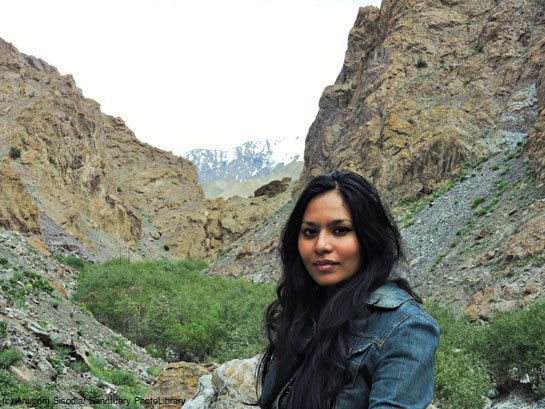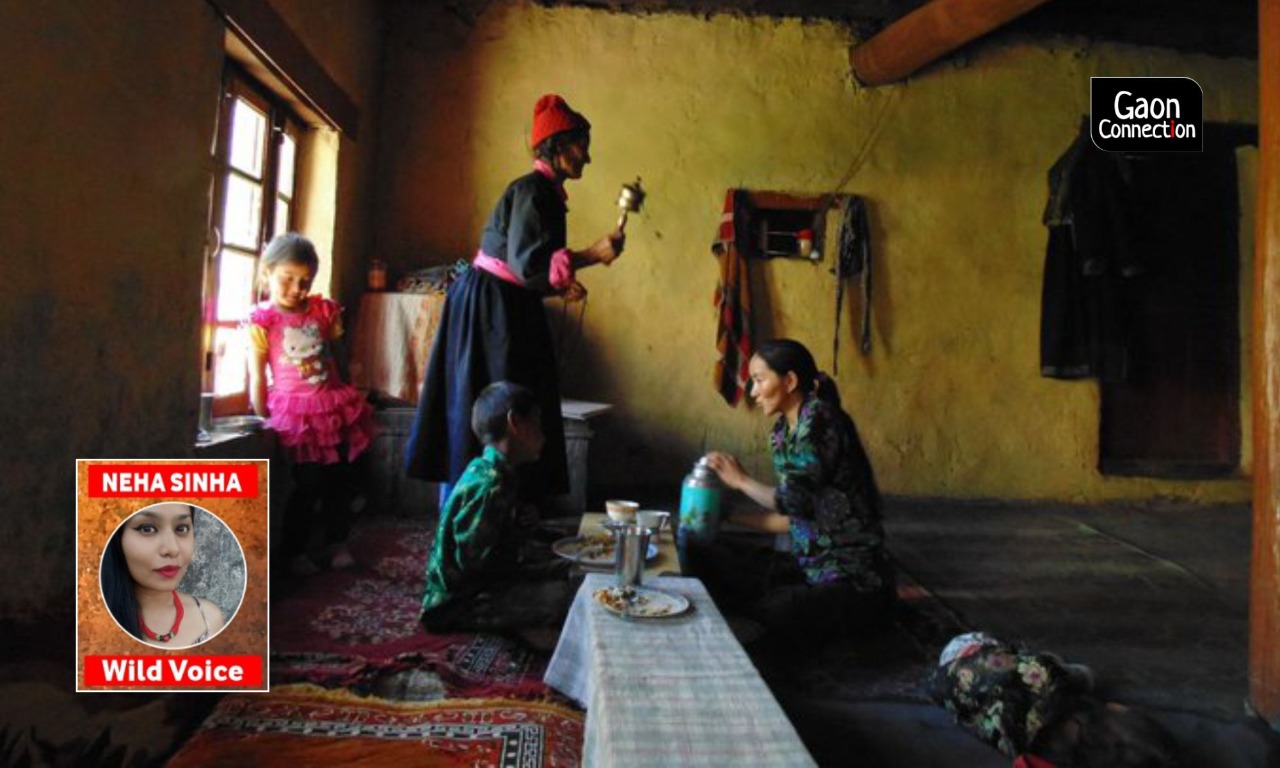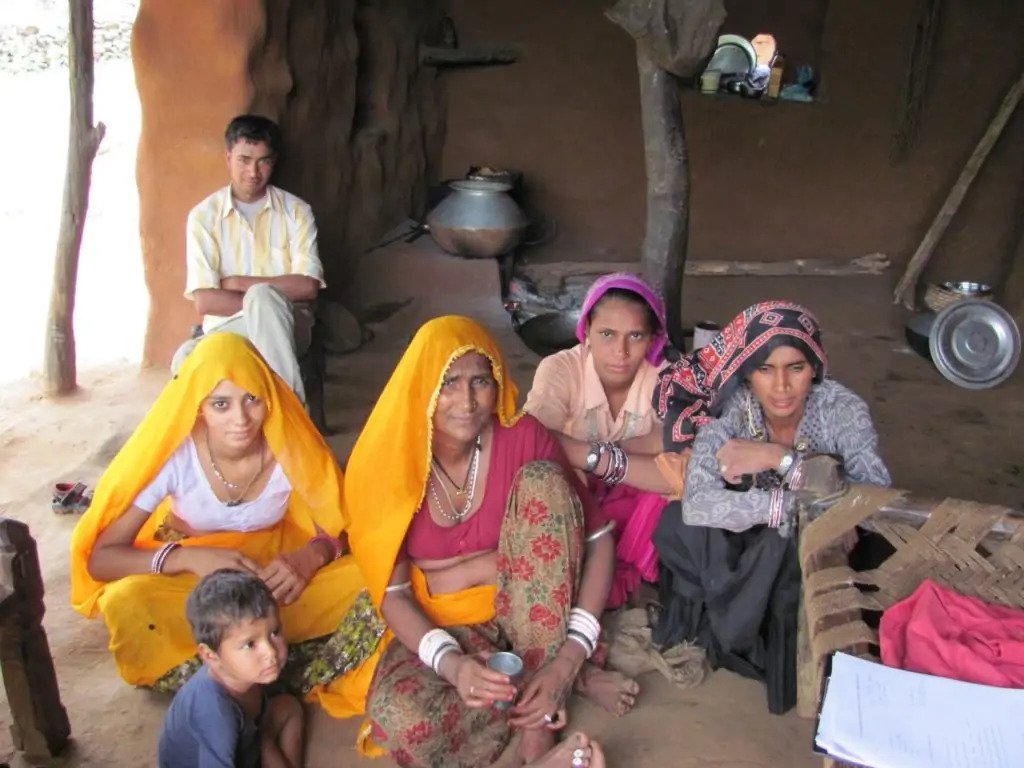Chai pe charcha: A journey across Indian cultures, having tea and conversations
From being offered thick fresh buffalo milk in Rajasthan, to salt and fat for tea in Ladakh, the warmth of the conversations over a shared cup of tea, and the new friendships born.


As the rain comes pouring down, it’s time for a storm in a teacup.
Most Indians have many kinds of tea on their shelves. Each family member will have a different preference – some prefer loose-leaf and light, others go for malty and strong Assam, and some like mild Darjeeling or chamomile. And then there are the tales with the tea.
The thing about tea is not just the leaves. But also, how you are served.
A tea-set, with a tea-cosy, an ornate kettle and a silver spoon buried in slopes of crystalline sugar is one way to be served. My favourites though, have a different kind of sophistication.
I go back to a monsoon in Sariska tiger reserve, a time for fieldwork and furious rainfall. I would visit villages with a set of questions, trying to understand their lives. I would conduct surveys for wildlife. The wind howled through the trees. The sky would suddenly open with rain, like a yanked-out drawer spilling its contents. Water would be everywhere in a few seconds, a brown stream swirling at our feet, soaking through footwear. There would be a river where there was a pathway, there would be the smell of moist dung where there was just still air.
And at each house, rain or not, I would be called in to drink tea. The tumblers would be small, made of steel, with strong rims. The woman of the house would slip out, returning with thick milk, lukewarm and bearing a strong, unforgettable smell—not just of milk but also of the buffalo, hay, and the animal’s forbearance to withstand the storm. I hated the buffalo milk, its smell sticking to me, my clothes and my notes. It wasn’t the cloying smell that was the problem, though. I hated it because I am lactose intolerant and I can’t stomach buffalo milk, especially if it’s not boiled.
But going to rural India and not accepting tea is like spitting in someone’s face. I would clench my stomach and drink the tea. It was thick, milky and too sweet. A shot of sugar and milk, really, to bring energy and strength to the person who drank it. Drunk before going for long spells of work, or when one returned, exhausted. Brewed often and especially during the monsoon, when disease peeked in from the doors. I thought I could slowly start telling my friends to make me a different kind of tea.

As I visited the same houses a second time, I said quietly (to keep it non-fussy) that I would have the tea without milk and sugar.
“What? No milk? No sugar?” my friend Jyoti asked me.
“Yes! No milk. I don’t mind sugar as long as it’s not too much,” I said.
“No milk, no sugar! How is it tea then?” she exclaimed.
The word went around the household that I was having tea that was not really tea. An elderly lady from the next house marched up to me, asking in a commanding voice if I was ill. I said I wasn’t, but milk made my stomach churn. Most agreed that they had never heard of such a thing.
The topic had completely shifted to the weird ways of the city folk, and whether something was wrong with not having tea with milk that came freshly off a buffalo.
And that’s where new friendships were born.
Suddenly it was very little about how the tea had been brewed or even what was in it. It was about the urgent warmth of the conversations and our coming together over a shared cup of tea.
That day, sitting uncomfortably in wet clothes, mud between my toes, the fact that the tea had milk that turned my stomach was nothing but a shred of cognitive dissonance. For this excitable friendship, I could bear that cup.

In yet another warm home in Ladakh’s Miru village, this time cowering from the cold, I was handed a tumbler of tea. Here too, the milk dominated. I couldn’t complain about the sugar though. There wasn’t any. Instead, there was fat and salt in the tea.
A storm had come that day, very different from the monsoon storm of Sariska. Ladakh is a dry desert getting pecked to pieces by climate change. Rainfall has become more erratic and frequent. And when the rain comes, Ladakh’s loose, unconsolidated soil gets carried away in muddy highways of water. Hillsides get disemboweled. People fear getting flooded with water weaponized with soil and pebbles. That day, the wind howled, and the rain lashed the wooden slats of the window of Tashi Angmo’s house.
There was very little to cheer about—save the warmth of the undoubtedly milky, but impossibly perfect cup of tea in my hand. The lady who had made it was the mother of my host, Tashi. She had made it with the simple wish to be hospitable. There was no language we had in common.
That day, in the cold and the dark, the language of tea was enough.
Neha Sinha is a conservation biologist. Views are personal.

